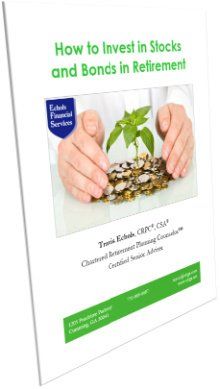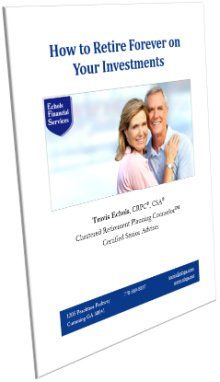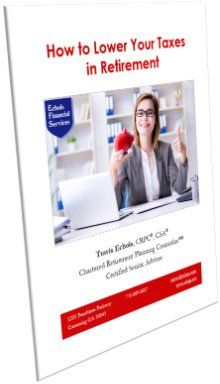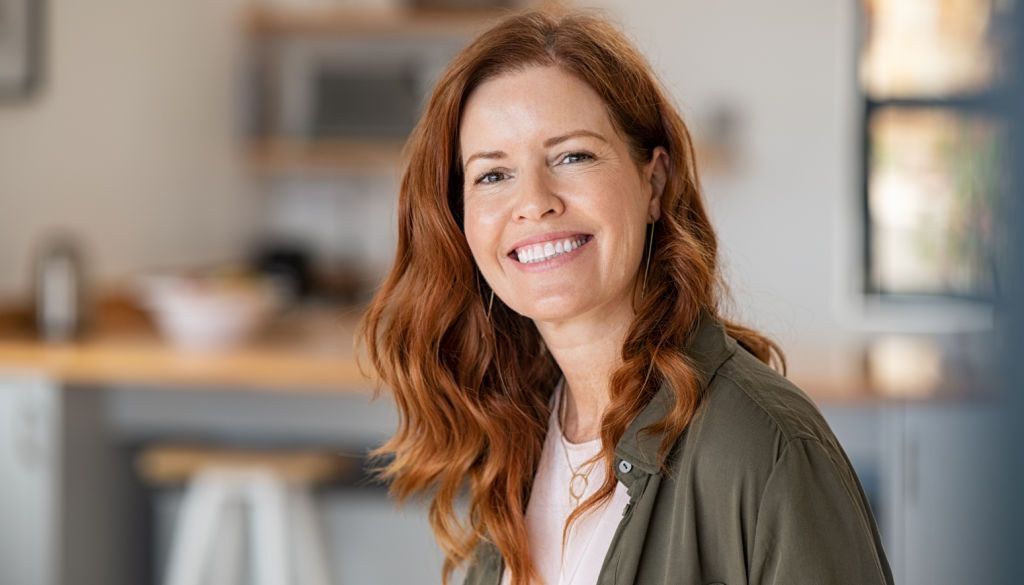What We Do & How We Can Help

A good financial adviser is one of the most important relationships in your life. The adviser serves as a single point of contact for your financial needs.
The various pieces of your finances are connected. If you change one piece, it usually affects other pieces. For example, what might seem to be a good decision from an estate planning or tax standpoint could be a terrible decision from an investment or retirement income perspective, and vice versa.A good adviser can help you coordinate decisions made with the help of other financial professionals as needed.
Like a jigsaw puzzle, the right placement of the individual pieces can create a picture that is much greater than the sum of the parts. A good adviser will start with the box-top of the puzzle to help you clarify what you desire for your future. Then all the individual pieces can be coordinated and directed toward that end.
Finances are complex, with many curves and pitfalls along the path. The key is finding an adviser who is a good fit for your needs. Let me describe our firm so you can decide if we may be the right adviser to help you.
Who We Are
Echols Financial Services is a financial planning firm specializing in retirement planning, tax planning, and investments for people over age 50. All we do is financial planning for retirees and people close to retirement. I started the firm in 2004. My story is here.
We enjoy helping people make important and often difficult decisions such as:
- Do I have enough money to retire and remain comfortably retired for life?
- When is the best time for me to retire?
- When should I claim my Social Security benefits?
- Which Social Security claiming strategy is best for me?
- When should I enroll in Medicare and which plan type is best for me?
- How can I maximize my pension?
- How do I invest, now that I am in retirement?
- How should I withdraw money from my investments in retirement?
- How can I minimize my lifetime tax liability?
Retirement planning can be
intimidating and complicated. Our approach is to make the intimidating painless
and the complicated simple.
Who We Serve
We specialize in helping people who are retired or very close to it (typically 5 years or less). This allows us to tailor our service and expertise to the unique needs of retirees.
While our clients would hardly
consider themselves to be “rich”, thanks to a lifetime of diligent saving and
frugal living they have accumulated a retirement nest egg of at least $500,000.
Our clients understand that the success of their retirement is too important to be doing it themselves, and they understand the value of having expert guidance.
How We Work
We are a fiduciary, fee-only firm which means we don’t sell products. Imagine going to your doctor with a concern about your heart, and before running any tests, the doctor tried to sell you a pacemaker. The doctor then explained that you needed to act today before prices went up. Later you learned that the doctor was paid extra to promote this particular brand of pacemaker. While absurd for the medical profession, this scenario closely resembles much of the investment world.
As a firm, we take very seriously our fiduciary duty to always act in the client’s best interest (vs. just trying to sell you a product). In addition to a legal obligation, for more than 15 years our firm has been built on a foundation of placing the client’s interest before any thoughts of our own compensation. We recommend for clients the same investment strategies used in our personal accounts and the accounts of our immediate family members. Our commitment to honest and ethical behavior has allowed us to build a successful firm.
Click here to see a 3-minute video clip that compares Fiduciaries and Stock Brokers to Dietitians and Butchers.
Our Process
Finding the right
adviser is no doubt one of the most important financial decisions a person can
make.The first test of
an adviser is whether they help you make an educated and informed decision
about hiring them.
The
only reason to ever hire an adviser is if you can be confident that the value
you will receive is worth more than the fee you will pay.
Since we specialize in helping people in or nearing retirement, I will walk you through our no-cost, no obligation process for showing you exactly how we can help make your retirement a success.
Learning our process will also give you a framework by which to evaluate other
firms you may be considering.
For people who are potentially a good fit for our firm, there is no cost or obligation for this process as we want you to know exactly how we can help you before you pay us a single penny in fees or trust us with a dollar of your nest egg.
· Step 1 -
Initial Phone Meeting
Before committing your time or ours, this 15-minute phone call will give us
both a chance to make sure your situation matches our expertise. After all, you
wouldn’t see a knee surgeon if you needed shoulder surgery.
If we aren’t a good fit for each other we may be able to introduce you to a firm who is better suited to your needs. Schedule a 15-minute phone call anytime, 24 hour per day.
· Step2 -
First Meeting
Prescription without evaluation and
diagnosis is malpractice
The goal of this meeting is to get perfectly clear on your goals, concerns, and unique financial situation.
Your answers to our questions, along with the documents we requested you bring, will guide our analysis, which will result in plain-English answers to four critical questions.
· Step 3 - Our
Analysis
This is where the magic happens
We will apply over 20 years of experience and hundreds of hours of training and mentoring by the industry’s top experts to help you answer the following questions:
- Can I afford to retire?
- Am I overpaying in taxes?
- Can my portfolio be improved?
- Can I eliminate, or at least reduce, threats to my retirement?
· Step 4 -
Second Meeting
This is where the proverbial rubber hits the road
During this meeting I will explain, in plain English, exactly what you need to do to achieve your financial goals, including the answers to the four questions we asked during our analysis.
This is where you will see, in dollars and cents, how our firm can improve your finances.
At the end of this meeting we will ask you to think about if and how you would like to begin working with our firm and to sleep on it.
· Step 5 -
Sleep On It
Having been in business for more
than 20 years, we are in no rush for you to make a decision. Prior to deciding
whether we should work together, you will want to answer the following
questions:
- Do I like/trust/respect the adviser at Echols Financial Services?
- Will the benefits I receive exceed the cost?
- Do I understand and agree with their retirement planning and investment philosophy?
- Do their recommendations make sense to me?
· Step 6 – Paperwork
After sleeping on it, we will follow up to answer any additional questions you may have. If you decide to work with our firm, we will complete the paperwork and start helping you achieve your immediate and long-term financial goals.
This carefully designed process helps you make an educated and informed decision about our firm without any cost, obligation, or pressure.
How to Get Started
If this sounds like a process that could help you, and you have saved at least $500,000 towards your retirement, we would love to speak with you. Let’s get in touch.
(While we would love to help everyone, we
have very intentionally limited the number of clients we serve so that
each client gets the personalized attention they need. With that said, I
am always glad to talk to anyone who has questions about money, and
point them in the right direction if I can.)

Travis Echols , CRPC®, CSA®
Receive free Social Security Guide by email




Investment Advisory Services offered through JT Stratford, LLC. JT Stratford, LLC and Echols Financial Services, LLC are separate entities.











